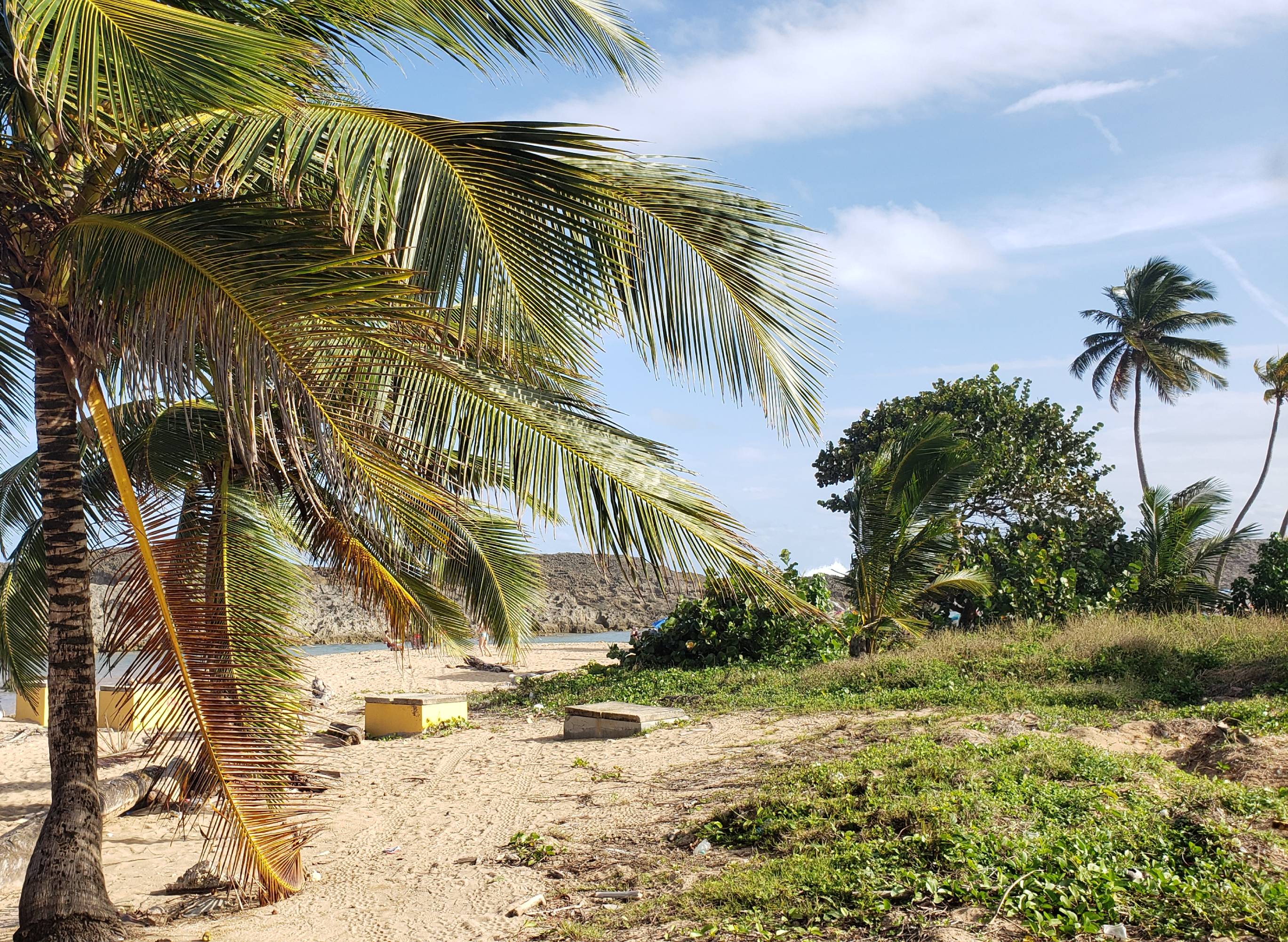DTMF: The Last Coast
 Aydasara
Aydasara
Coastal regions are dynamic interfaces where land meets the ocean, characterized by continuous geological processes such as erosion, sediment transport, and deposition. These natural processes shape coastlines over time, but human interventions, particularly construction projects, can significantly disrupt these delicate systems. In 2025, the challenges associated with coastal construction have become increasingly pronounced, necessitating a critical examination of what is sacrificed in the name of development, who makes these decisions, and who ultimately benefits.
The Dual Nature of Coastal Construction
Every coastal construction project inherently involves a trade-off: the creation of new infrastructure often leads to the destruction or alteration of existing natural landscapes and ecosystems. For instance, the construction of seawalls and other hard engineering structures is intended to protect coastal properties from erosion and storm surges. However, these structures can exacerbate erosion in adjacent areas, disrupt natural sediment transport, and lead to the loss of beaches. The U.S. Geological Survey (n.d.) notes that while such structures aim to safeguard human developments, they can inadvertently increase the vulnerability of the coastline by interfering with natural processes.
Case Studies: Recent Impacts of Coastal Construction
Recent events have highlighted the complex consequences of coastal construction. In Puerto Rico, for example, the approval of construction permits for coastal projects increased by 239% between 2015 and 2021. This surge in development has raised concerns about the potential exacerbation of coastal erosion and the loss of natural habitats, as many projects are not aimed at addressing the effects of rising sea levels or protecting vulnerable communities (Center for Investigative Journalism, 2022).
Similarly, in Nantucket, Massachusetts, accelerating coastal erosion has threatened homes along Sheep Pond Road. Efforts to combat the ocean's advance, such as relocating homes or constructing protective barriers, have had mixed success. These interventions often lead to increased erosion downstream and can disrupt local ecosystems (Petersen, 2025).
In Loch Sport, Australia, new climate change regulations have rendered coastal lands "worthless" by preventing construction in high-risk flood areas. While these regulations aim to mitigate future risks, they have led to financial losses for property owners and have sparked debates about the balance between development and environmental preservation (News.com.au, 2025).
Decision-Making and Beneficiaries
The decision-making process for coastal development often involves multiple stakeholders, including government agencies, private developers, and local communities. However, the interests of these groups can diverge significantly. In Puerto Rico, for instance, the rapid increase in coastal construction permits has been facilitated by streamlined approval processes under certain administrations, raising concerns about the adequacy of environmental oversight and the long-term sustainability of such developments (Center for Investigative Journalism, 2022).
This disparity raises critical questions about who truly benefits from coastal development. While developers and investors may reap financial rewards, local communities can face negative consequences such as environmental degradation, loss of public access to coastal areas, and increased vulnerability to natural hazards.
The Path Forward: Sustainable Coastal Development
Addressing the challenges of coastal construction requires a paradigm shift towards more sustainable and resilient practices. This includes incorporating nature-based solutions, such as the restoration of wetlands and mangroves, which can provide natural buffers against erosion and storm surges. In Puerto Rico, efforts are underway to restore interconnected coastal habitats, including mangroves, seagrass communities, and coral reefs, to enhance ecological connectivity and buffer against storm impacts (NOAA, 2025).
Additionally, engaging local communities in the planning process ensures that development projects align with the needs and values of those most affected. Technological advancements also offer promising tools for forecasting and mitigating the impacts of coastal erosion. Researchers are developing dynamic, physics-based models to predict coastal changes in real-time, enabling more informed decision-making (North Carolina State University, 2025).
déjame tirarte una foto
In 2025, the interplay between coastal geological processes and human construction activities presents complex challenges that demand careful consideration. Recognizing that every act of construction entails some form of destruction is a crucial first step. By critically examining what is sacrificed, who makes development decisions, and who benefits, society can strive towards coastal development practices that are equitable, sustainable, and resilient.
References
Center for Investigative Journalism. (2022, January 27). Construction permit approvals for coastal projects fast-tracked during Pierluisi’s first year. Retrieved from https://periodismoinvestigativo.com/2022/01/construction-permit-approvals-for-coastal-projects-fast-pierluisi/
News.com.au. (2025). Aussie town where land is now 'worthless'. Retrieved from https://www.news.com.au/technology/environment/climate-change/aussie-town-where-land-is-worthless-due-to-sea-level-guidelines/news-story/93f814011efa5a439cfe8630e9926301
North Carolina State University. (2025). New technology forecasts beach and dune erosion before hurricanes strike. Retrieved from https://ccee.ncsu.edu/news/2025/new-technology-forecasts-beach-and-dune-erosion-before-hurricanes-strike/
NOAA. (2025, January). Puerto Rico. Retrieved from https://www.noaa.gov/sites/default/files/2025-01/NIYSPR_2025.pdf
Petersen, S. (2025). The race to save Nantucket's homes from falling into the ocean. The Wall Street Journal. Retrieved from https://www.wsj.com/real-estate/luxury-homes/nantucket-beach-erosion-945cdd24
U.S. Geological Survey. (n.d.). Coastal change. Retrieved from https://www.usgs.gov/programs/cmhrp/science/coastal-change
Playa Vega Baja, Puerto Rico. January 2025. Media by AOT.
Bad Bunny. (2025). Debí tirar más fotos [Song]. On DeBÍ TiRAR MáS FOToS. Rimas Entertainment.
Subscribe to my newsletter
Read articles from Aydasara directly inside your inbox. Subscribe to the newsletter, and don't miss out.
Written by

Aydasara
Aydasara
Aydasara is an educator, researcher and writer.